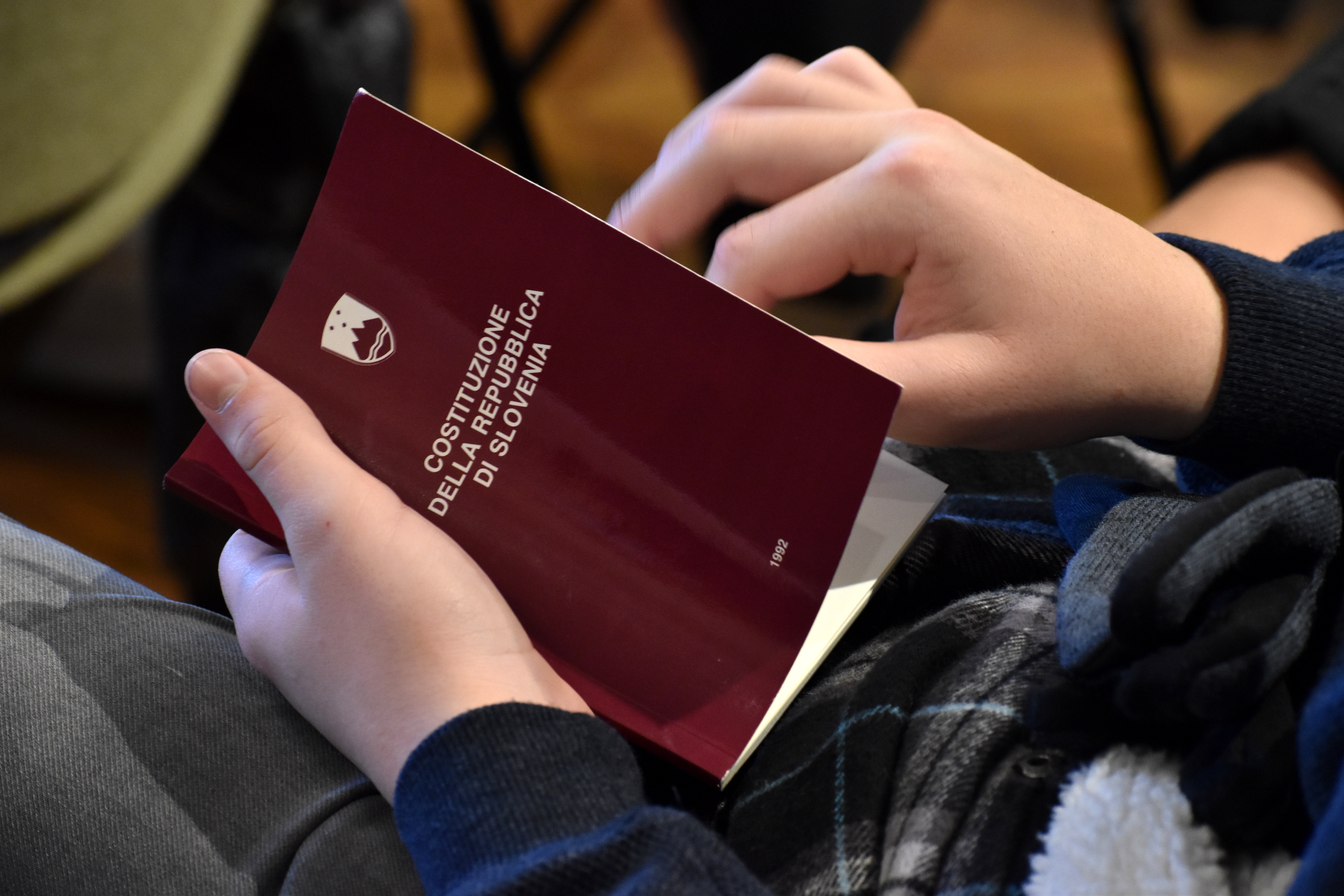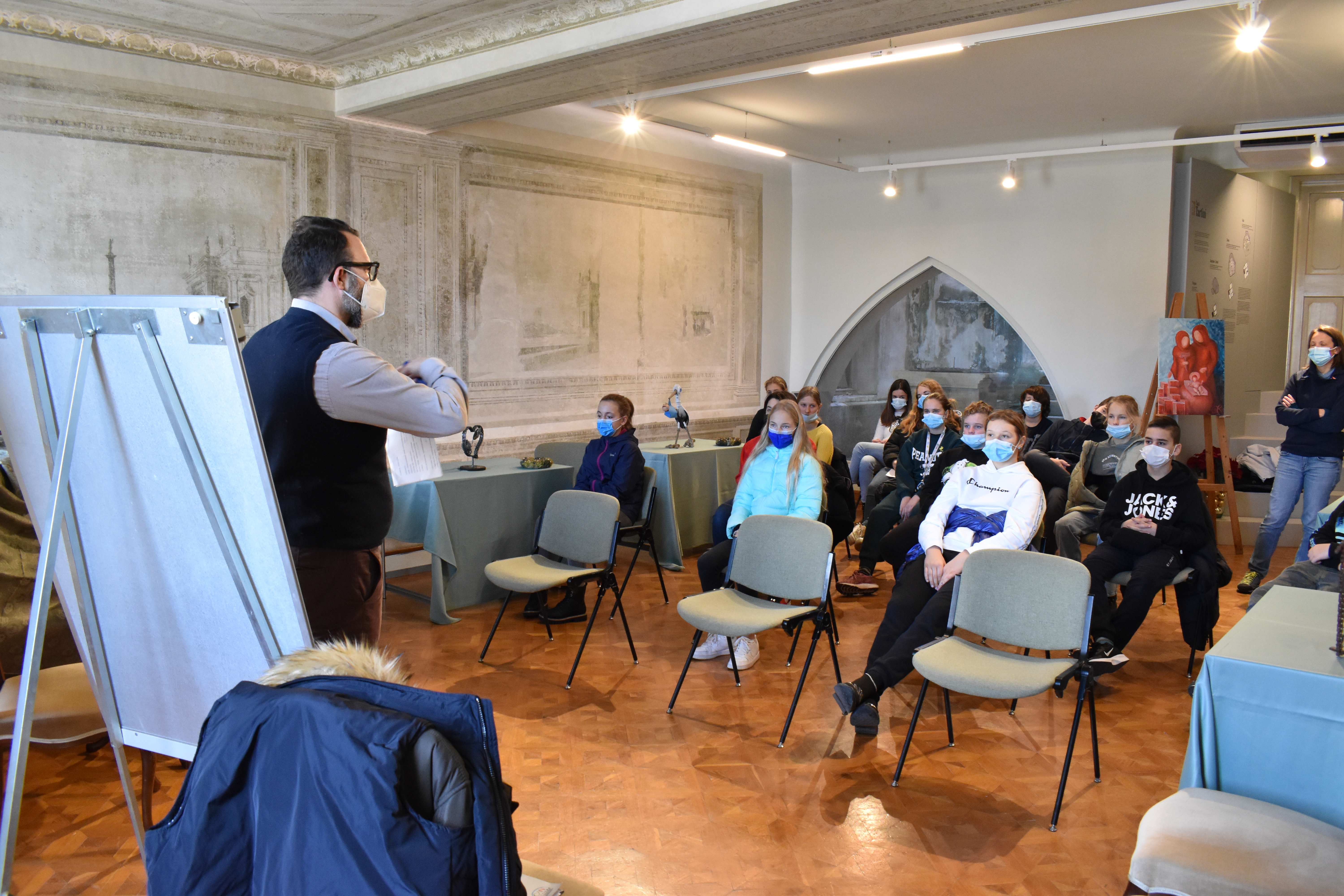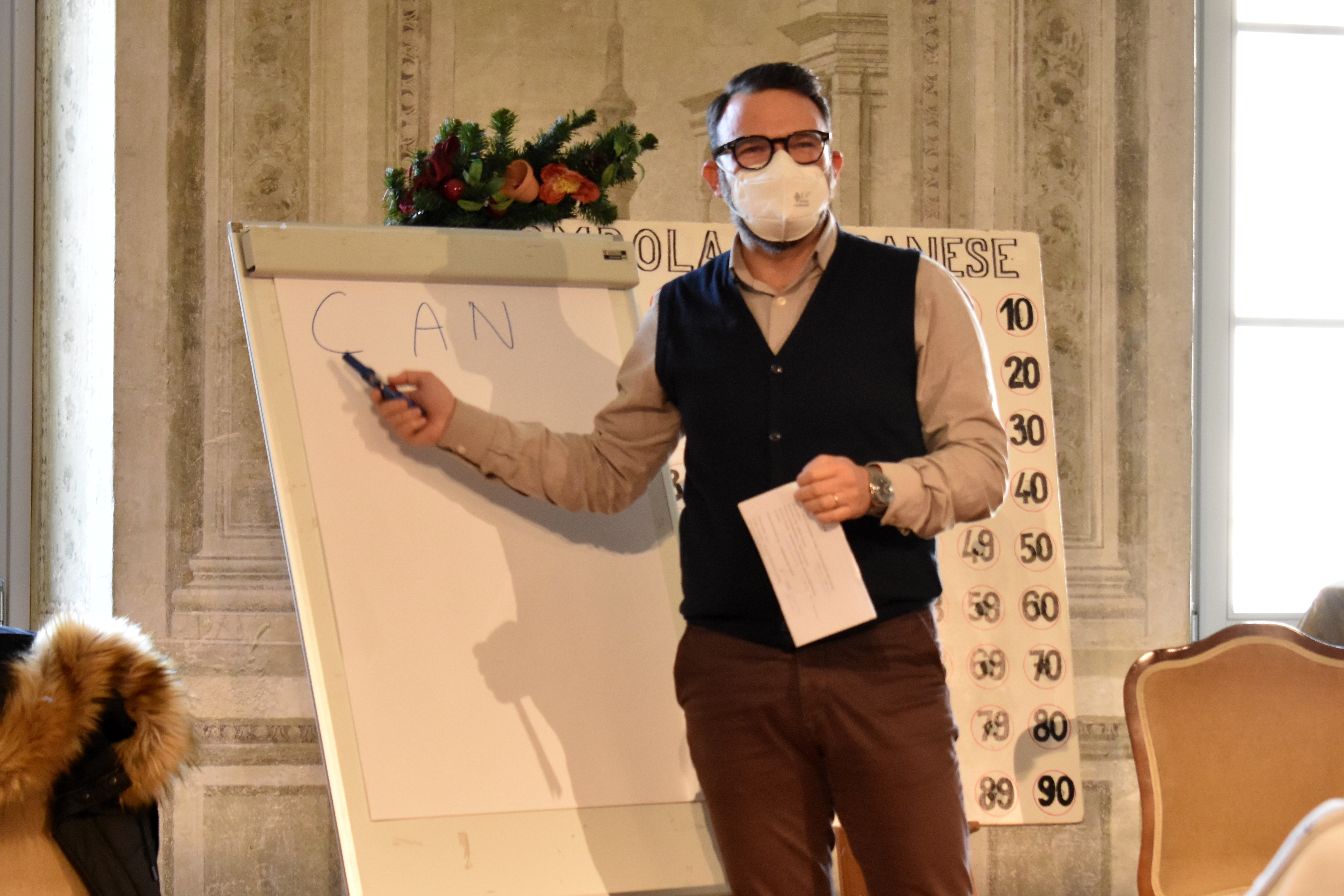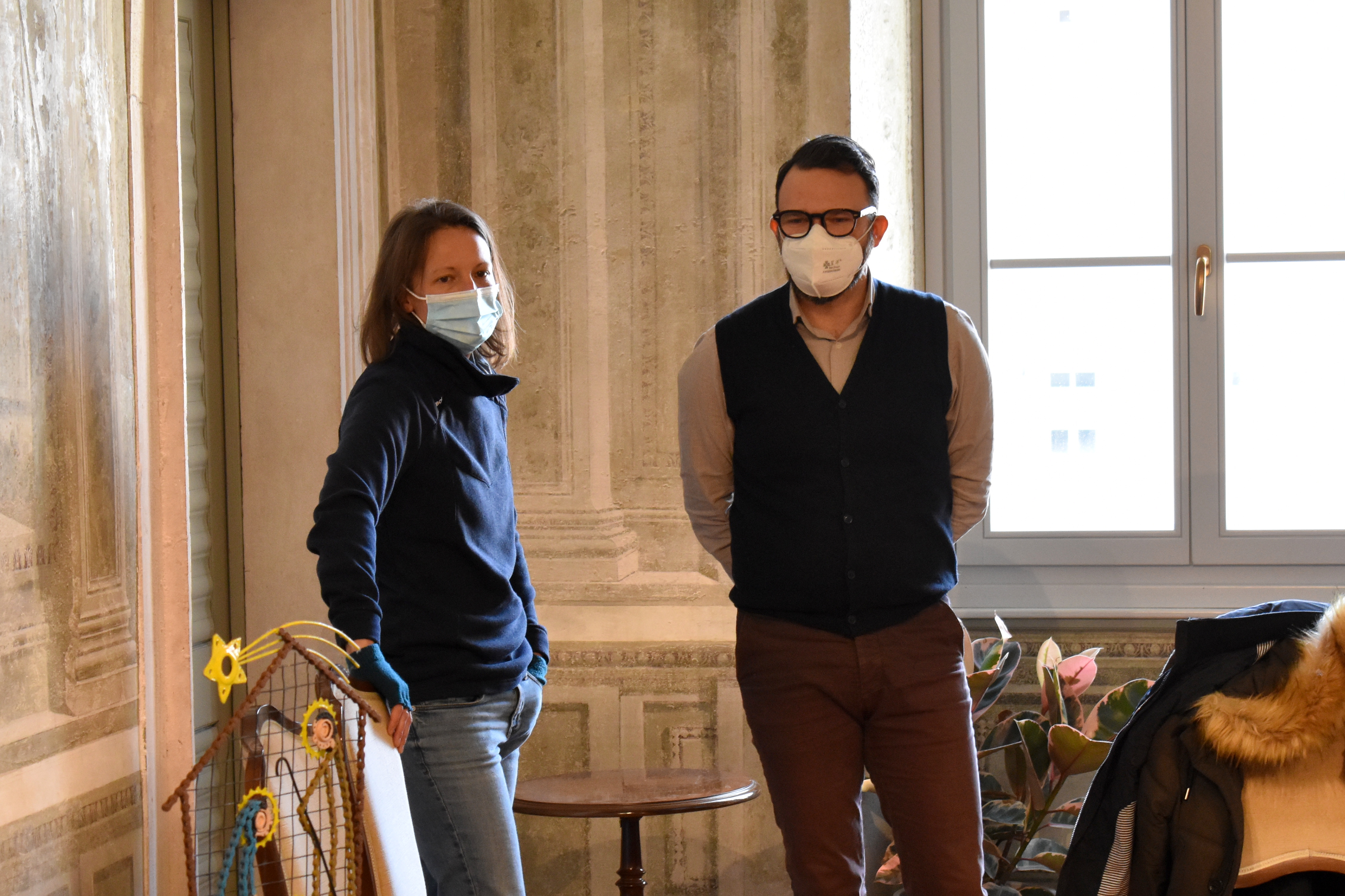Andrea Bartole ospite di “Oggi a scuola con noi…”
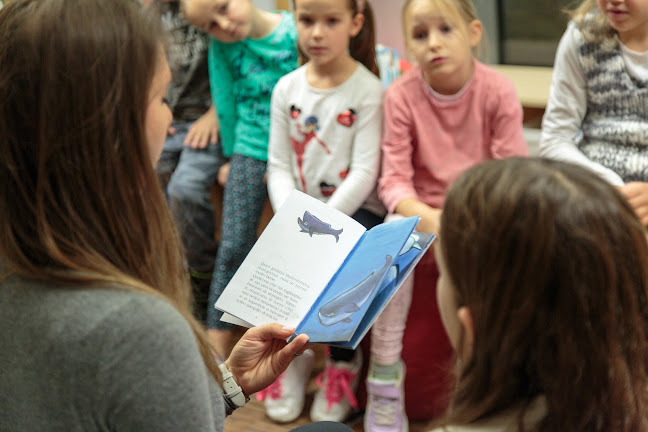
L’ora dela fiaba in lingua italiana sospesa
12/14/2021
A Santa Lucia e Sicciole incontri conviviali di fine anno
12/21/2021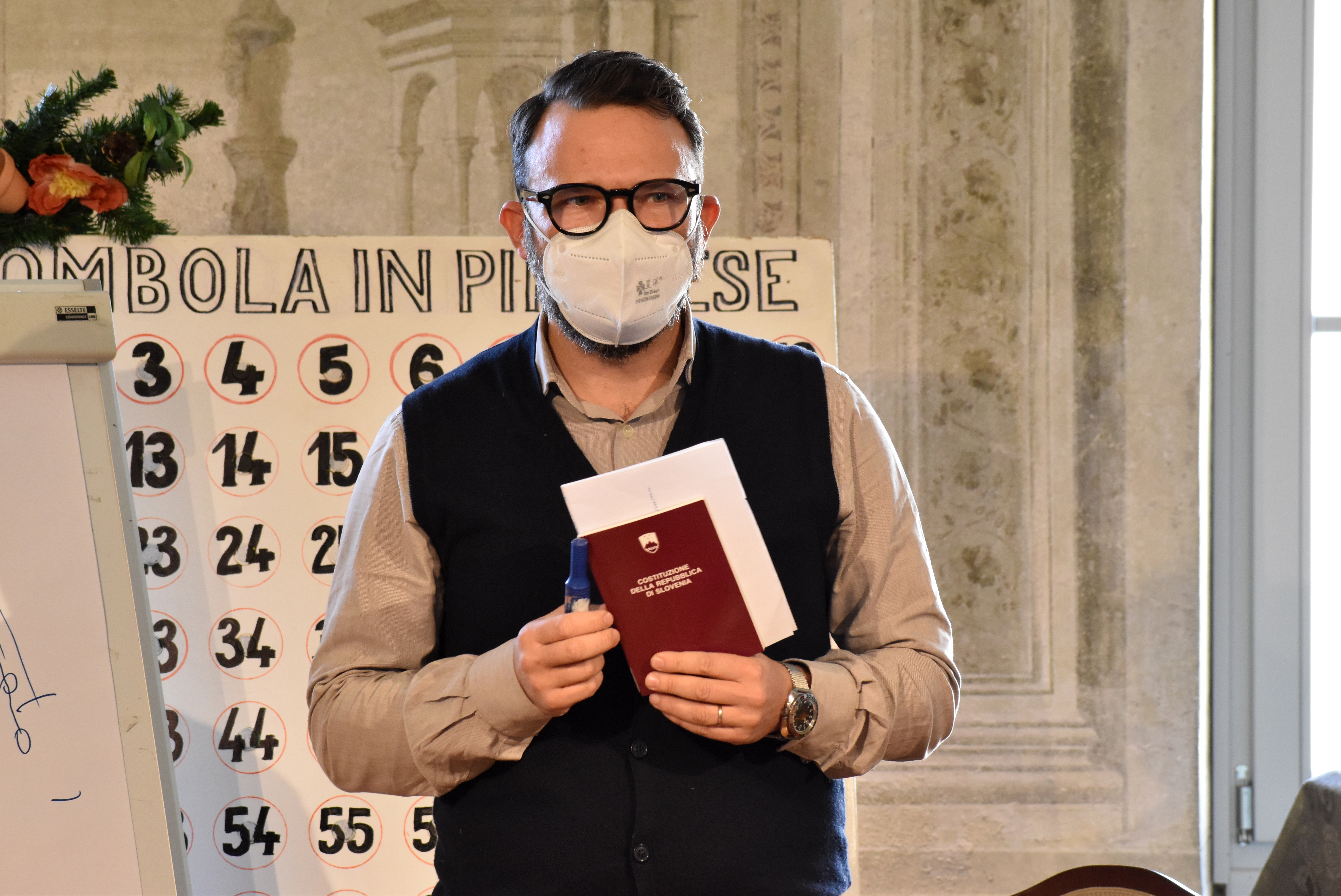
È stato Andrea Bartole, presidente della CAN di Pirano, l’ultimo personaggio legato al mondo della CNI che si è presentato in ambito al ciclo di incontri “Oggi a scuola con noi…” che ha coinvolto gli alunni della VII e VIII classe della SE “Vincenzo e Diego De Castro” di Pirano. L’iniziativa è stata promossa dall’insegnante di cultura civica, della cittadinanza ed etica Katja Dellore per approfondire le nozioni apprese durante le ore di lezione e conoscere da vicino la realtà della CNI sul territorio. A fare da cornice a quest’ultimo appuntamento, tenutosi il 17 dicembre, è stata Casa Tartini. I ragazzi erano stati accolti nella sede della comunità piranese già a fine novembre, quando avevano incontrato la vicesindaca di Pirano, nonché presidente della locale Comunità degli Italiani “Giuseppe Tartini” Manuela Rojec.
Bartole in modo semplice e plastico ha spiegato agli alunni perché nella nostra regione è presente la comunità nazionale italiana e perché è possibile frequentare scuole con lingua di insegnamento diversa da quella parlata dalla maggioranza della popolazione. Con degli esempi a loro vicini ha dimostrato che l’identità italiana è indubbiamente viva e si manifesta in vari modi, dall’uso della lingua, all’architettura ai cognomi storici ancora presenti come Fonda, Apollonio e Petronio e del resto anche il suo, tant’è che proprio la scuola elementare italiana di Pirano ha sede nel palazzo Bartole-Fonda. Il presidente, legale di professione, ha pure portato alcune copie della Costituzione slovena per presentare ai ragazzi e analizzare insieme a loro gli articoli che tutelano le comunità nazionali autoctone, italiana e ungherese. Infine, ha illustrato pure quali sono i compiti della CAN, come quello di verificare l’attuazione del bilinguismo sul territorio e l’uso dell’italiano negli uffici pubblici. Bartole ha così offerto loro un altro tassello per comprendere al meglio la pluricentenaria storia della componente italiana nelle nostre terre, i diritti particolari di cui gode, nonché il funzionamento degli organi rappresentativi.
“Sono molto contento di questo incontro. I ragazzi hanno collaborato, e seguito con interesse. Nella discussione, presentando in maniera semplice e sintetica gli articoli della costituzione e la storia della comunità attraverso i secoli, sono emerse delle riflessioni e delle domande pertinenti da parte dei ragazzi che ci permettono di ragionare su come loro vedono la CNI e che significato ha per loro. Hanno, infatti, anche saputo interpretare e considerare quelli che sono i problemi della nostra Comunità. Le idee e le cose emerse a questo incontro possono farci ragionare su degli approcci diversi per quanto riguarda l’inclusione degli alunni delle scuole”, ha rilevato Bartole.
Testo e foto: Kris Dassena

